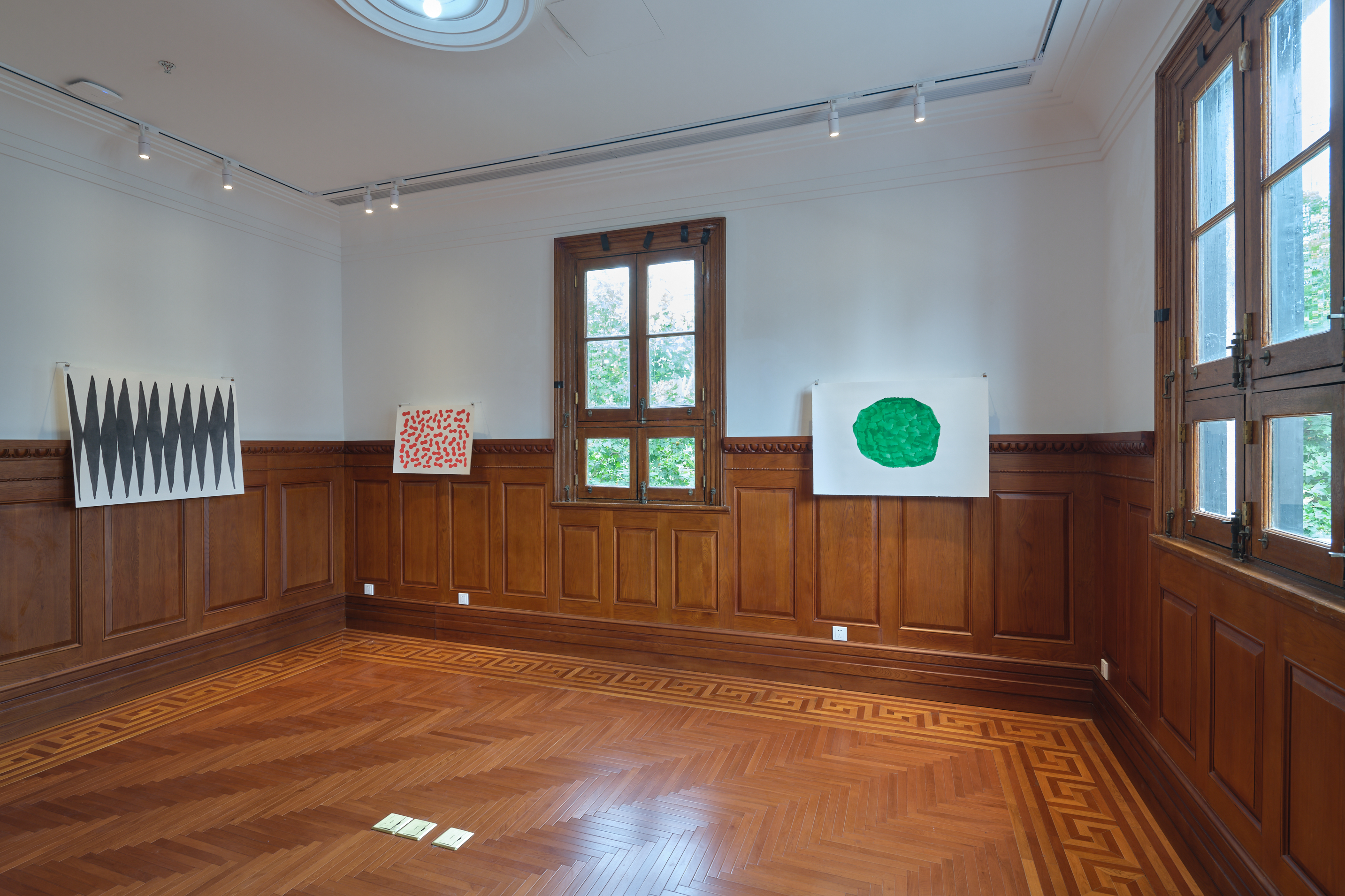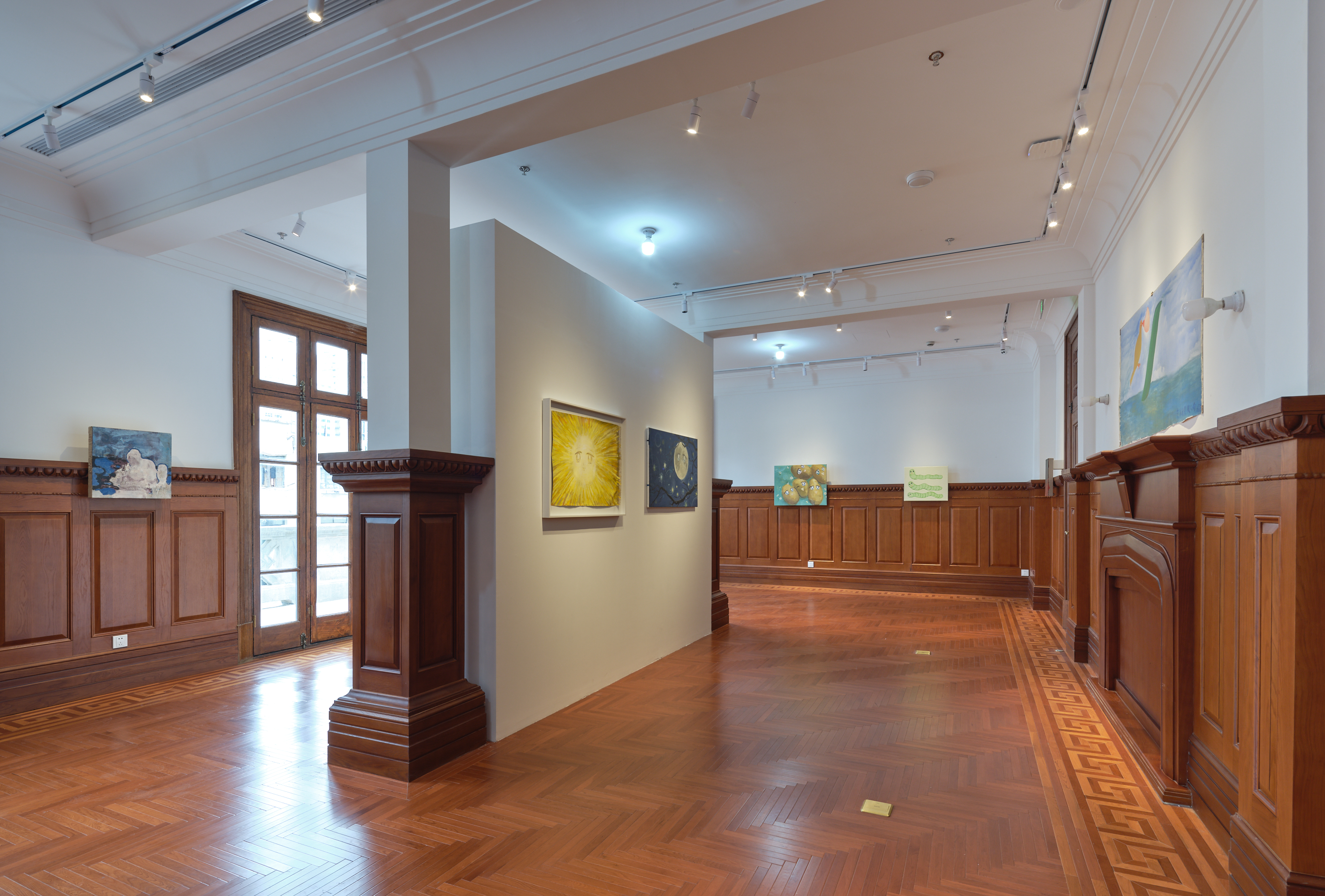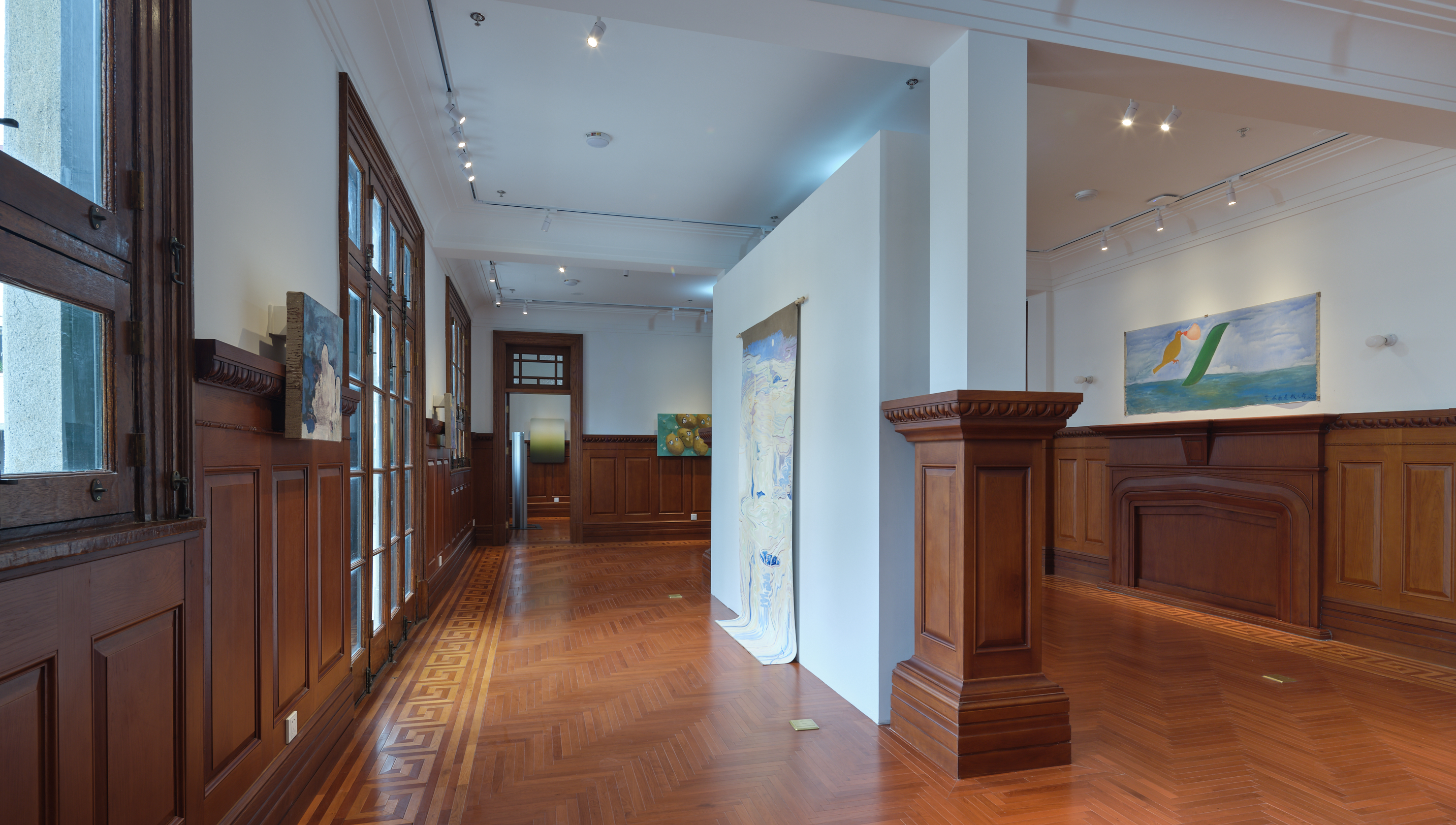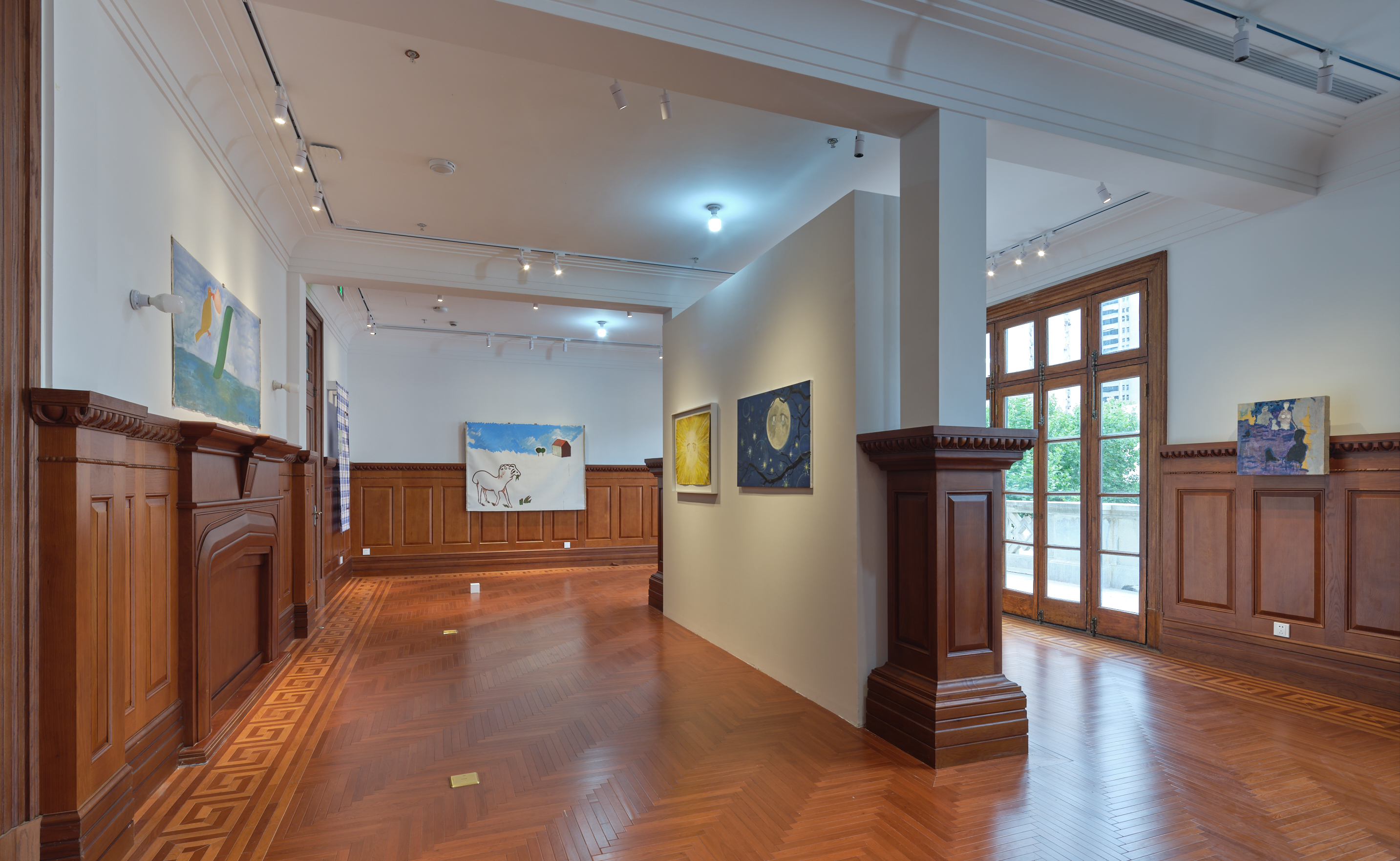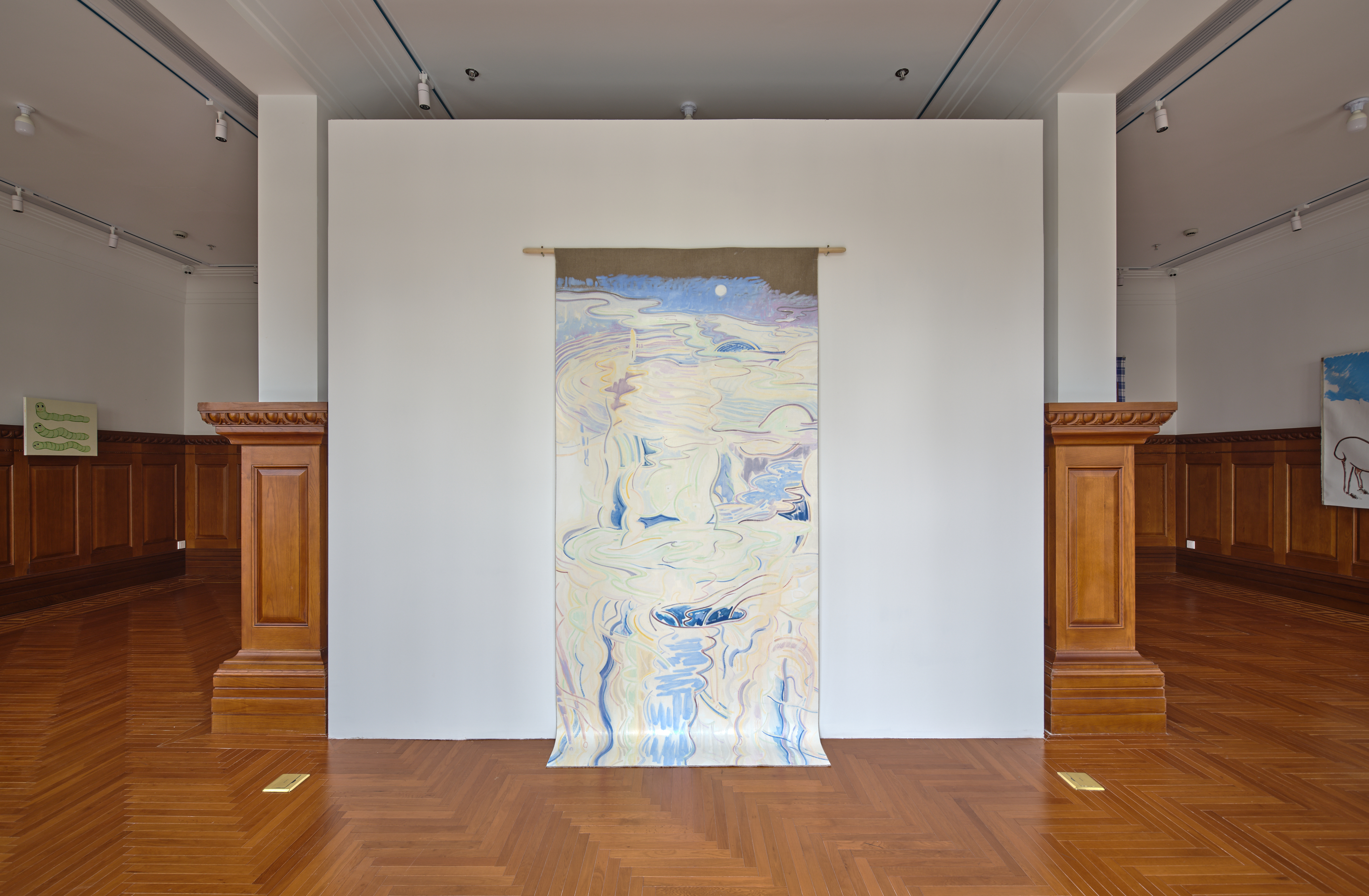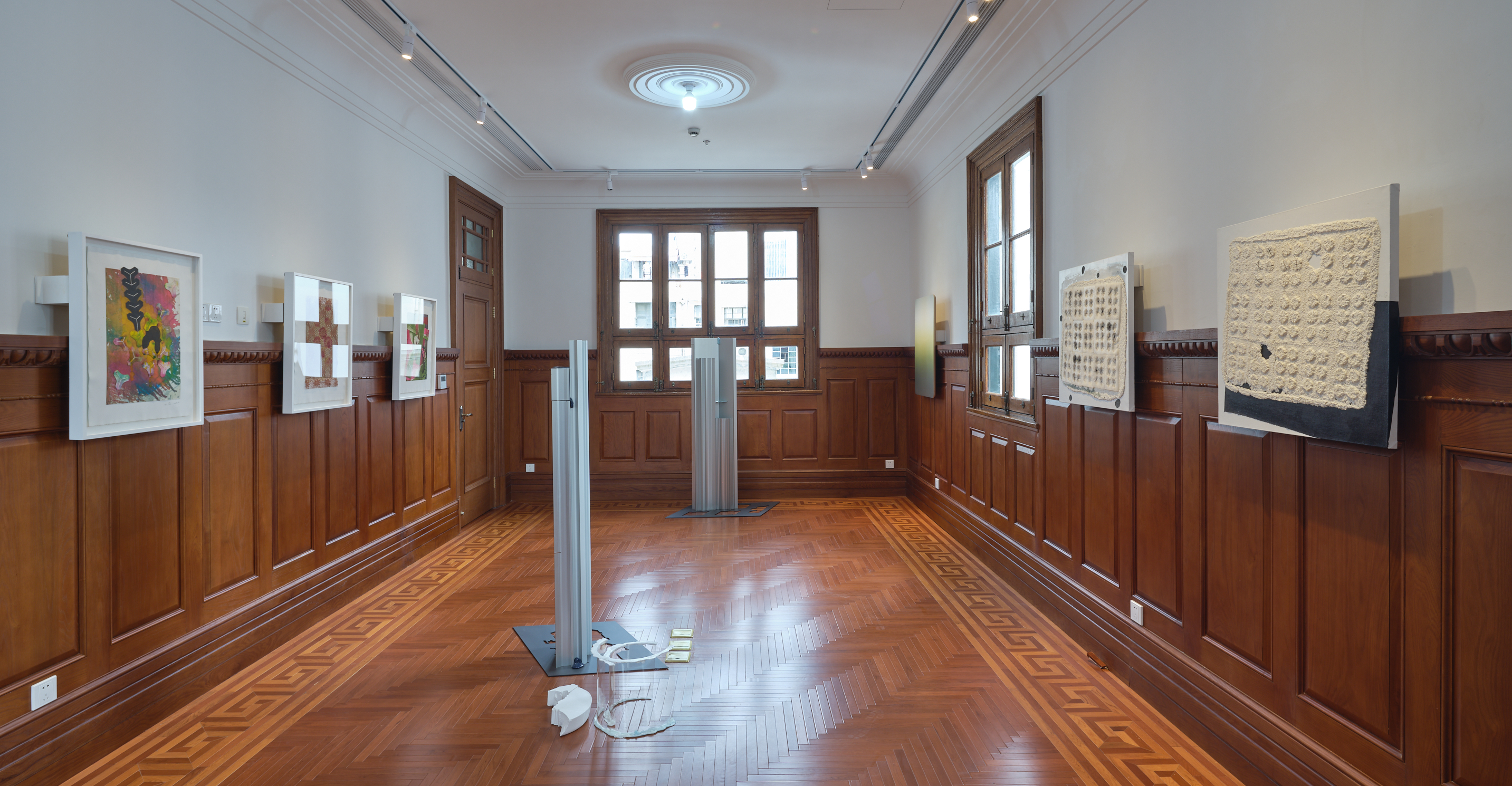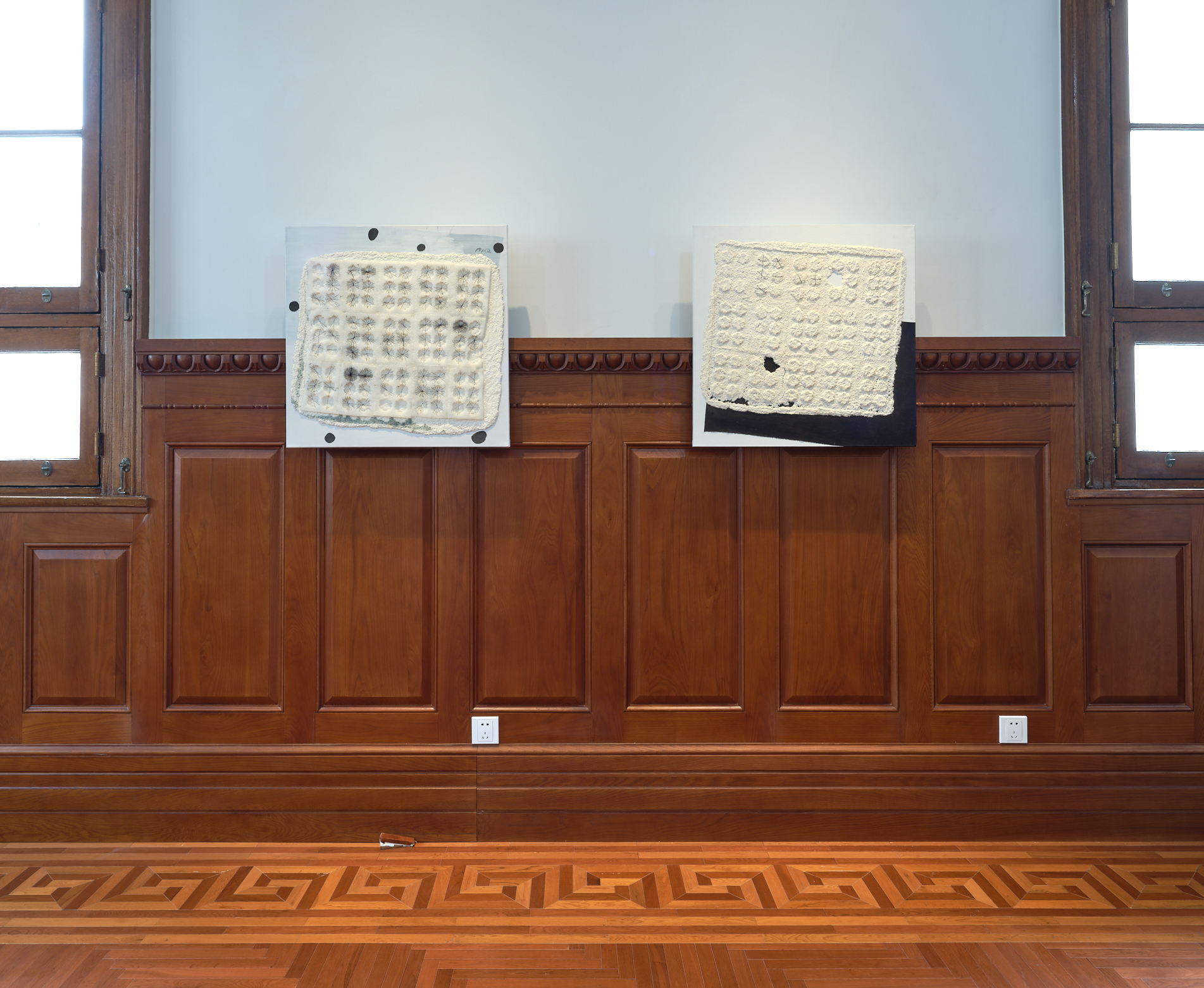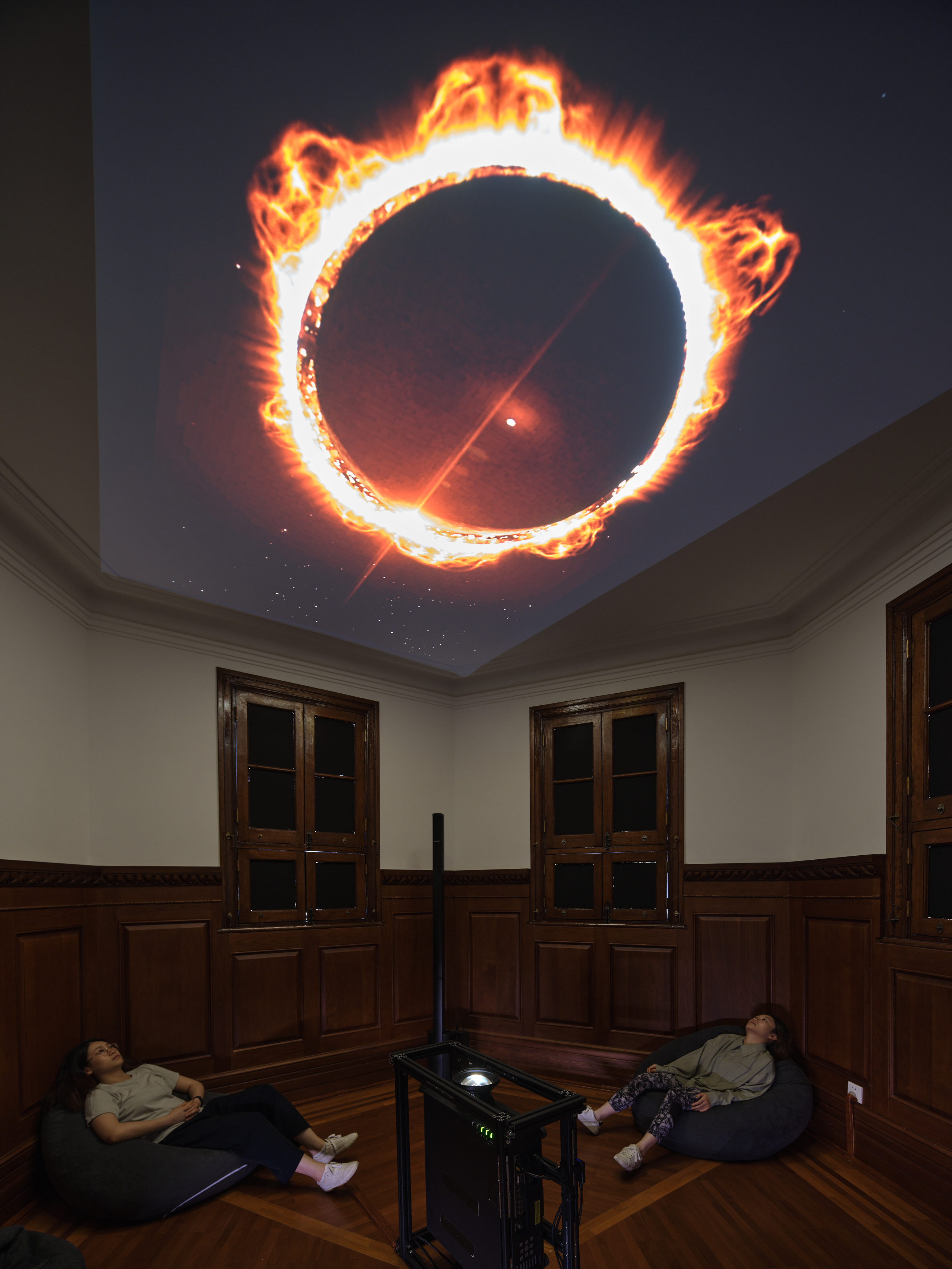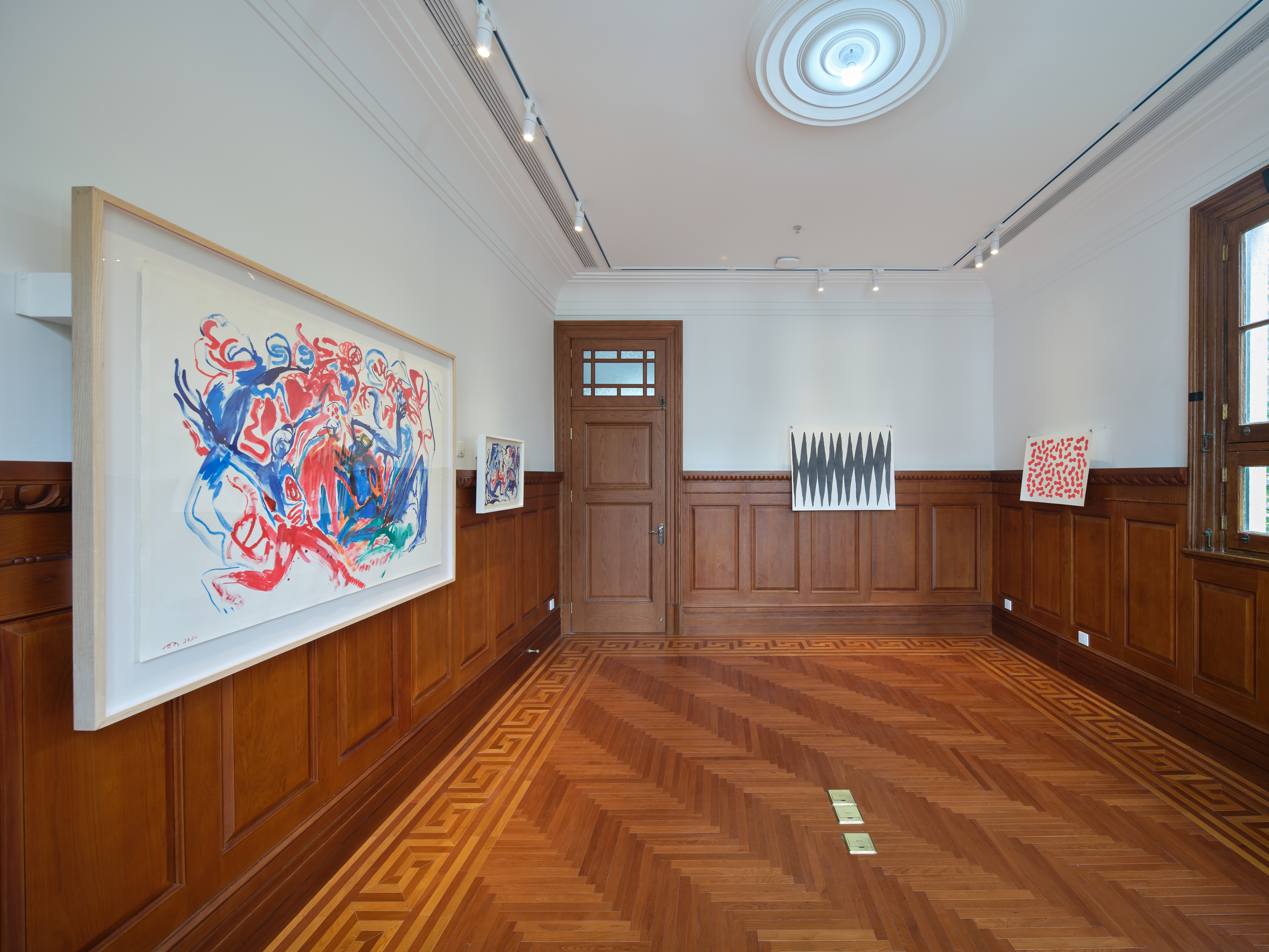Edouard Malingue Gallery is pleased to present a group exhibition ‘In the Labyrinth’ at Jin Mansion on North Shaanxi Road from 2 – 18 July 2021, showcasing works by Chou Yu-Cheng (b. 1976, Taiwan, China), He Yida (b. 1980, China), Li Shuang (b. 1990, China), Liao Guohe (b. 1977, Calcutta, India), Liu Yin (b. 1984, China), Ma Qi (b. 1971, China), Nabuqi (b. 1984, China), Su Yu-Xin (b. 1991, Taiwan, China), Tang Dixin (b. 1982, China) and Zheng Zhou (b. 1969, China). Umberto Eco describes “rhizome labyrinth” in The Name of the Rose: Each road is closely related to other roads. It has neither a centre nor an edge, and there is even no exit. What it presents is not uniformity, but diversity. In his book, Eco constructs an era that could reflect the contemporary zeitgeist, like a “rhizome labyrinth”, which is an exciting era but is internally fragmented. The intricate labyrinth of the library is undoubtedly the most subtle literary trope in the novel — at once an architectural labyrinth, and a psychological labyrinth. Through the mouth of the main character William, Eco makes an incisive evaluation of the library: “It is a combination of extreme chaos and extreme order.”
The exhibition cites Eco’s concept of “labyrinth” to reflect upon the symptoms of our time: diversified and with infinite possibilities, full of stimulations but also occasionally suspicious and despairing. Using contemporary art as a vehicle, the exhibition includes sculpture, installation, painting, video and other media to show a variety of ideological pathways from another dimension. The exhibition constructs a “rhizome labyrinth” like a Memory Palace, and uses the language of contemporary art to present the artists’ thoughts on the present. At the same time, “In the Labyrinth” also attempts to respond to the specificity of the exhibition space, which is a heritage mansion built in 1924, combining the characteristics of neoclassicism and Art Deco. Stylised eclectically, riding the classical and the modern, the mansion emphasizes symmetry, surfaces and lines, which is magnificent but not flamboyant. Each floor has a central hall, connected by two identical, symmetrical side halls. Bridges connect the main building, the annexe building, and the hexagonal tower. Each room has dark wall panels and herringbone wood flooring, decorated with subtle varied details. Spatially complicated and intertwined, although the mansion is not comparable to Eco’s imaginary library, it is distinctively maze-like and disorienting.
William’s assessment of the labyrinth of the library can aptly summarise the era in which we live. “It is a combination of extreme chaos and extreme order,” where destruction and construction coexist. The exhibition “In the Labyrinth” hopes to present the neglected metaphysical spiritual reality in the era when social media prevails and virtual industries are booming. The exhibition leads visitors to question the reality and deeper meaning of the materials, to reflect on the diversity of existence, and to explore the differences manifest in an array of concepts and ideas.
About the exhibition space
No.549 Shaanxi Road was built in 1924. With its Neoclassical and Art Deco architectural style, the building exudes a unique Shanghai-style charm. In 2021 Autumn, the venue will inaugurate hAo mArket, a brand-new experience integrating fashion, art, and culture, presenting the story of the place with contemporary designs and concepts of lifestyle.
* Venue support by ![]()
In the Labyrinth Group Show
